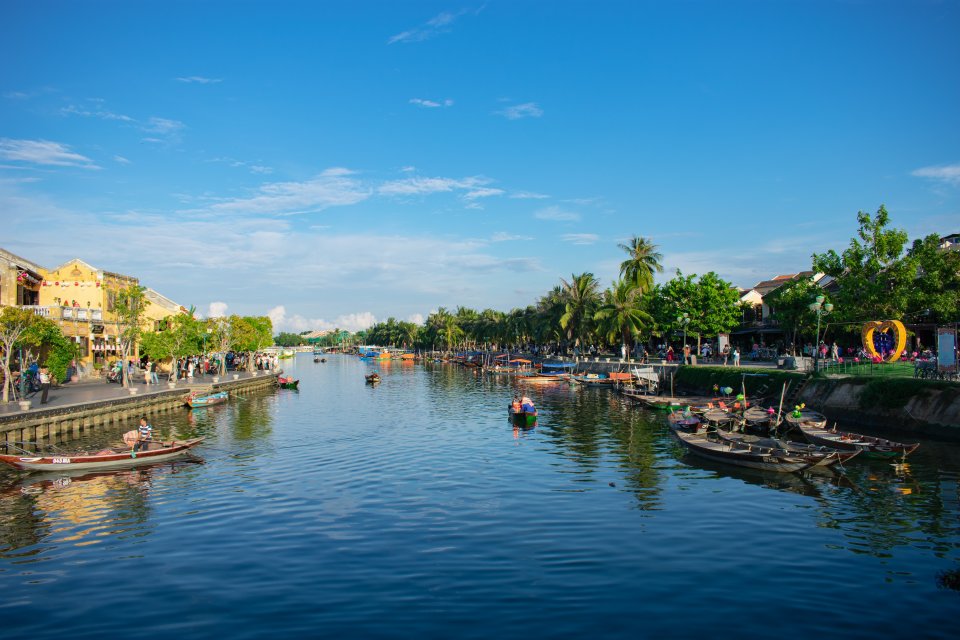
Dong Hoi and Hoi An are two cities along Viet Nam’s vulnerable central coast, and they have been repeatedly hit by floods and typhoons because of their flat and low topography. They are fast becoming medium-sized cities through tourism, but their urban infrastructure and municipal services are insufficient to meet the existing and future demands. In both areas there is a need to make sure that urban infrastructure development takes climate resilience into account. Both provinces rank highly in the PAPI index about good governance, which is important with respect to the potential large loan sizes. The two project cities have developed significant activities for climate change adaptation planning and green growth activities.
The project invests in climate-proof infrastructure to improve urban environments and climate resilience for the Bao Ninh peninsula and along the Co Co river. The aim is developing climate-proofing structures through improvements to stormwater and flood management, erosion prevention, and salinity control.
In order to create climate-proof structures, developments will include integrated flood management in the form of buffer zones with vegetation to control water waves and sand dune restoration, an increase in the storage capacity of a reservoir, establishment of a forecasting and warning system and the creation of an evacuation route. The Lai Nghi Reservoir will be protected from the intrusion of salinity. Zoning and vegetation will be introduced to protect the coastal dunes from erosion.
- Increment in the economic value of the area and in savings for communities thanks to coastal protection against erosion, improved roads, health services, improved wastewater collection and treatment, protection of water resources from saline intrusion
- Sustainable growth in tourism sectors thanks to upgrades to urban infrastructure
- Enabling residents to quickly react to floods through real-time information
- Developing climate change adaptation; improving risk management and resilience
- Better protection and restoration of coastal ecosystems
- Increase infiltration / Water storage
- Reduce flood risk
- Improve water quality
- Sustainable development of coastal regions
Project Cities need to:
- Be located in a Coastal Region (more exposed to climate change change)
- Be important tourism centres
- Have a good governance, which is important for the potential large loan sizes
- Have significant activities for climate change adaptation planning and green growth initiatives
- Have relatively flat and low topography
Integrating climate change with environmental management in urban development requires:
- Increased public awareness with campaigns
- Involvement of local authorities and government
- Domestic connections as a part of the project formulation for new or existing projects
The project has a budget of $144 million, $104 million of which is provided by Asian Development Bank and the ADB-managed Urban Climate Change Resilience Trust Fund.
Further information
Outcome:
The outcome of the project will be improved access to climate change resilient urban infrastructure in Dong Hoi and Hoi An, in particular through:
- Reduction in flood risk and increased resilience to extreme events and climate change for the population
- Increase in wastewater collection and treatment rate with consequent reductions in pollution emission levels as measured by carbonic (BOD/COD) and nutrient base pollution levels (Nitrogen and Phosphorus)
- Improvements in the resilience and efficiency of water supply systems (non-revenue water and salinity)
- 11. Sustainable Cities and Communities
- 13. Climate Action
